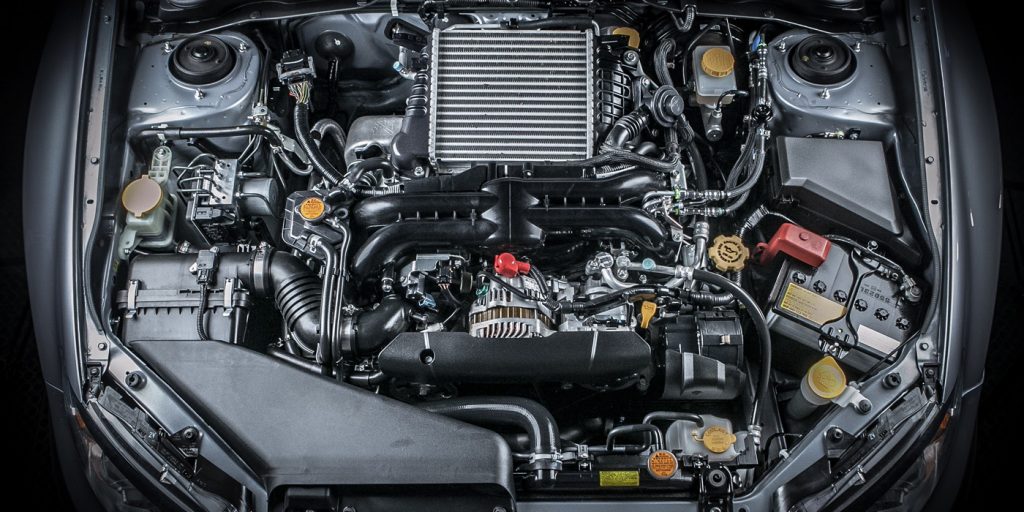Mountain climbers who trek up Mount Kilimanjaro go through four climate zones on their journey. Weather can range from tropical at the base of the mountain to below zero on the summit. Climbers maintain their body temperature by wearing several layers of clothes so they can add or peel off for comfort as the weather changes.
Engines operate much the same way. But instead of scarves and gloves, they have sensors, ECUs and radiators to help keep the temperature at the optimum range. Electronics have replaced many mechanical components such as thermostats and temperature sending units, which adds some complexity but also enables more control.
Engines create heat as a byproduct of combustion. The heat expelled through the exhaust vents into the atmosphere. But the internal heat that’s left over from combustion is carefully controlled through the coolant flowing through the cylinder block and out to the radiator.
Coolant flows through the block, where it absorbs heat from the engine. Coolant flows to the radiator inlet tank and travels across the radiator core through tubes to the tank on the other side of the radiator – transferring heat to the tubes as well as the fins located between the tubes. The fins release the heat to the ambient air. The fins increase the surface area, thereby increasing the exchange efficiency.
Cooling-system problems include leaks and corrosion. Coolant leaks commonly occur at the water-pump shaft seal, hoses, radiator or heater core. A bad head gasket also might leak coolant internally inside the engine. Eventually, a small leak will drop the coolant level enough to cause overheating, and a “Low Coolant” light or diagnostic trouble code (DTC) will illuminate on the dashboard.
Thermostats that get stuck in the closed position can cause overheating. However, if the thermostat is electronically controlled, it usually will fail in the “open” position and trigger a DTC. If a water pump fails because of a loose or damaged impeller, it may be difficult to detect on some applications (i.e., BMWs). If an electric cooling fan fails, many are tied to the ECU and will produce a DTC. But if it’s a mechanical fan clutch that slips, it may make noise, but a driver may not know until the engine overheats.
Most vehicles with an electronically controlled thermostat have a thermostat module, housing or unit with a connector on the side of the housing. Like a coolant-temperature sensor, it will have a two-wire connector. The engine-management module can determine if there’s a short or open heater circuit for an oxygen sensor by measuring the voltage drop. If the heater circuit is no longer able to control the wax that opens the thermostat, it can be detected by the coolant-temperature sensors on the block, head and radiator, and the module will set a code.
Make sure your customers test the cooling components and circuits before they purchase an electronically controlled thermostat module. These are parts that, on average, cost more than $130. Mountain climbers look at the weather regularly before gearing up for the journey. With this in mind, make sure your customers are checking their “climate zones” thoroughly.













